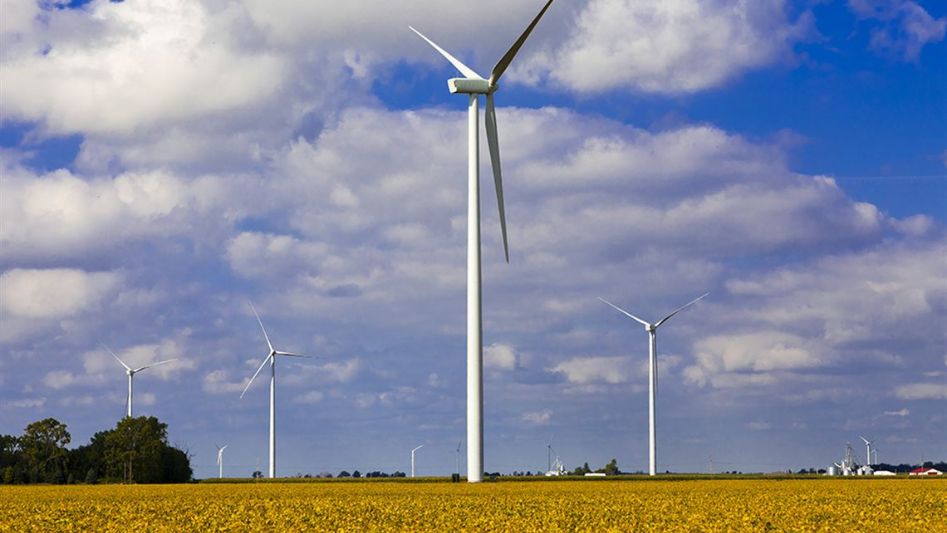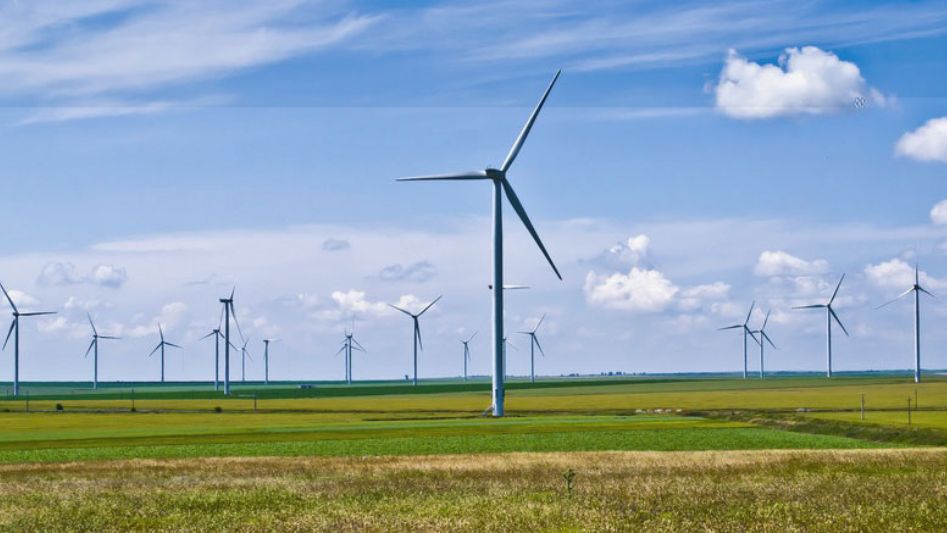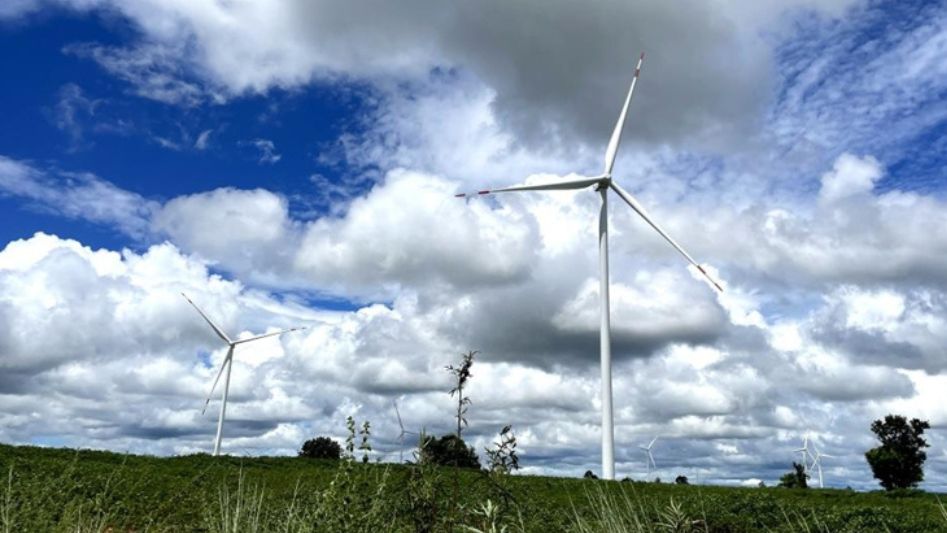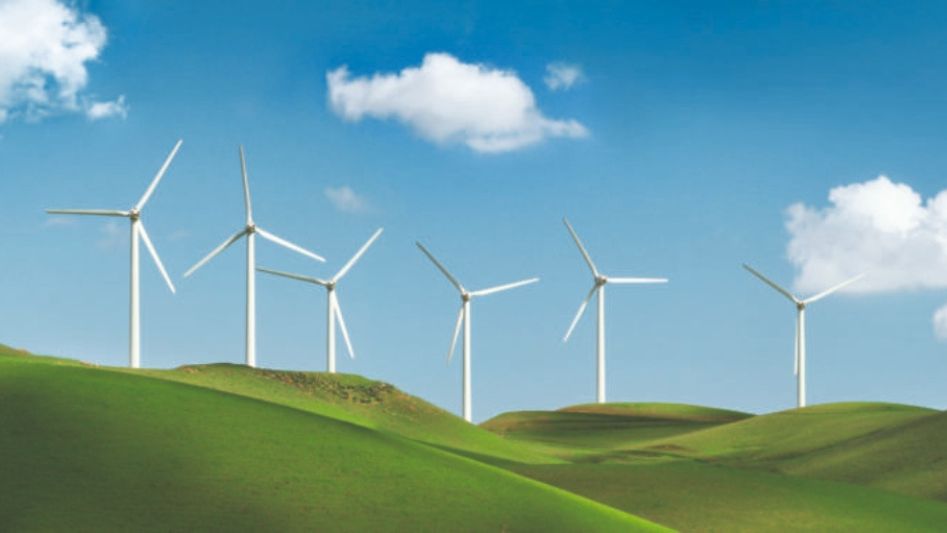Climate change is one of the most pressing issues of our time, and it demands urgent action to mitigate its devastating effects. One of the key solutions in the battle against climate change is the harnessing of renewable energy sources, and wind turbines have emerged as a powerful ally in this fight. In this article, we will explore the role of wind turbines in combating climate change, their environmental benefits, and their potential to revolutionize the way we generate electricity.
Table Of Content
We invite you to read: “Wind Turbines and Climate Change: Mitigating CO2 Emissions with Wind Power”

The Climate Crisis: A Looming Threat
The consequences of climate change are becoming increasingly evident, with rising global temperatures, extreme weather events, and melting ice caps. To avert the worst outcomes, we must reduce greenhouse gas emissions, primarily carbon dioxide (CO2), which is largely produced by burning fossil fuels for electricity and transportation.
Wind Turbines: A Clean Energy Solution
Wind turbines are a crucial component of the renewable energy revolution. They harness the power of the wind to generate electricity, offering several advantages in the fight against climate change:
1. Carbon Emission Reduction
Wind turbines produce electricity without burning fossil fuels, resulting in zero direct emissions of CO2. This reduction in greenhouse gas emissions helps slow the rate of global warming and mitigates the impacts of climate change.
2. Abundant and Renewable
Wind is an abundant and inexhaustible resource. Unlike fossil fuels, wind energy does not deplete natural resources or contribute to resource conflicts, making it a sustainable choice for the long term.
3. Low Environmental Impact
Compared to other energy sources, wind turbines have a minimal environmental footprint. They occupy relatively small land areas, leaving the surrounding landscape largely undisturbed. Moreover, the noise and visual impacts on local ecosystems are generally low.
4. Energy Independence
Wind energy can reduce a nation’s dependence on imported fossil fuels, enhancing energy security and reducing vulnerability to geopolitical tensions and oil price fluctuations.
We invite you to read: “How Wind Energy Can Help Mitigate Climate Change”

The Rise of Wind Power
Wind power has experienced exponential growth in recent years, with countries around the world investing heavily in wind turbine installations. This rapid expansion is driven by a combination of technological advancements, policy support, and the increasing awareness of the need for clean energy sources.
1. Technological Advancements
Advancements in wind turbine technology have made them more efficient, reliable, and cost-effective. Larger turbines with longer blades can capture more wind energy, and improved designs allow for energy generation even at lower wind speeds.
2. Policy Support
Many governments have implemented policies and incentives to promote wind energy development. These include subsidies, tax credits, and renewable energy targets, which have encouraged investment in wind power infrastructure.
3. Economic Viability
The decreasing cost of wind energy production has made it competitive with conventional fossil fuel-based electricity generation. As a result, wind power is increasingly seen as an economically viable option for meeting energy needs.
Challenges and Considerations
While wind turbines offer significant environmental benefits, there are also challenges and considerations to address:
1. Intermittency
Wind is an intermittent energy source, meaning it depends on wind availability. To ensure a reliable power supply, energy storage and grid management solutions must be developed to store excess energy during windy periods and distribute it when needed.
2. Landscape and Wildlife Impact
Wind farms can have localized impacts on landscapes and wildlife. Proper site selection and mitigation measures are crucial to minimize these effects.
3. Aesthetic Concerns
Some individuals express concerns about the visual impact of wind turbines on landscapes. Balancing these concerns with the need for clean energy development is a complex challenge.
We invite you to read: “The Role of Offshore Wind Farms in Climate Action”

Conclusion
Wind turbines have emerged as a powerful ally in the fight against climate change. Their ability to generate clean, renewable energy with minimal environmental impact makes them a crucial part of the transition to a sustainable energy future. While challenges exist, continued advancements in technology and policy support will further strengthen the role of wind power in mitigating climate change and preserving our planet for future generations. As we move forward, it is essential to recognize the potential of wind turbines and continue to invest in renewable energy sources to combat the looming threat of climate change.
FAQs
How do wind turbines impact the environment?
Wind turbines have a low environmental impact, occupying small land areas and producing minimal noise and visual disturbances. They are considered a sustainable energy solution.
Are wind turbines a reliable source of electricity?
Wind turbines are reliable, but their energy production is intermittent, depending on wind availability. Energy storage and grid management solutions are used to ensure a consistent power supply.
Why is wind power growing rapidly?
Wind power is growing due to technological advancements, supportive policies, and its increasing cost competitiveness with fossil fuels.
What are the challenges associated with wind turbines?
Challenges include intermittency, localized landscape and wildlife impacts, and aesthetic concerns, which must be carefully managed for sustainable wind energy development.
You May Also Like
- The Relationship between Wind Energy and Climate Resilience
- Economic Winds of Change: How Wind Turbines and Solar Panels Affect Local Economies
- Future-Proofing Energy: The Role of Wind Turbines and Solar Panels in Climate Resilience
- Sailing Towards a Greener Future: The Winds of Change in Energy
- Winds of Change: How Wind Power is Transforming the Energy Landscape

